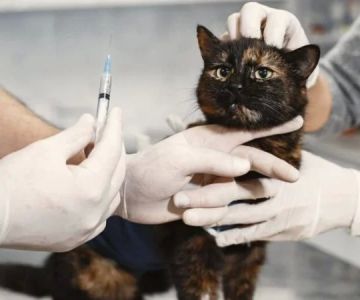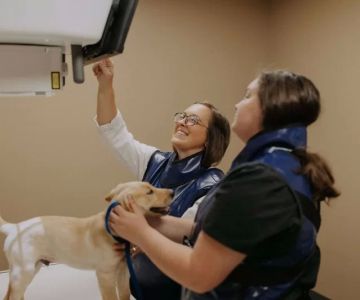Can I Use Care Credit for Veterinary? A Complete Guide to Paying for Pet Care
- 1. What Is Care Credit?
- 2. How Does Care Credit Work for Veterinary Services?
- 3. Using Care Credit for Pet Care: A Step-by-Step Process
- 4. Advantages of Using Care Credit for Veterinary Expenses
- 5. Real-World Example: How Care Credit Helped a Pet Owner
- 6. Is Care Credit Right for You and Your Pet?
- 7. Alternatives to Care Credit for Veterinary Bills
1. What Is Care Credit?
Care Credit is a credit card specifically designed to help with healthcare expenses, including veterinary care. It allows pet owners to finance veterinary services with flexible payment options, making it easier to manage unexpected medical costs for their pets.
2. How Does Care Credit Work for Veterinary Services?
Using Care Credit for veterinary services is simple. Once you apply and are approved for Care Credit, you can use it to pay for veterinary bills, including emergency procedures, routine check-ups, and medications. Care Credit provides you with a line of credit that you can use at participating veterinary clinics and hospitals.
3. Using Care Credit for Pet Care: A Step-by-Step Process
Here’s a basic guide to using Care Credit for your pet’s healthcare needs:
- Apply for Care Credit online or in person at a participating veterinary office.
- If approved, receive your Care Credit card and use it for veterinary services.
- Choose a repayment plan that fits your budget, with options ranging from 6 months to 24 months.
- Make monthly payments directly to Care Credit, which can be done through their website or by phone.
4. Advantages of Using Care Credit for Veterinary Expenses
There are several benefits to using Care Credit for veterinary expenses:
- Flexible payment plans: You can choose a plan that suits your financial situation.
- No interest on short-term plans: If you pay off your balance within a promotional period, you won’t incur any interest charges.
- Accepted at many veterinary clinics: Care Credit is widely accepted, making it convenient for pet owners.
- Helps manage emergency expenses: Veterinary emergencies can be costly, and Care Credit provides a way to handle unexpected costs.
5. Real-World Example: How Care Credit Helped a Pet Owner
Take the story of Sarah, a dog owner whose pet, Max, required emergency surgery. Faced with a high bill that wasn’t covered by her regular insurance, Sarah used Care Credit to pay for the procedure. By choosing a 12-month plan, Sarah was able to pay off the debt in manageable installments, ensuring Max received the treatment he needed without causing financial strain.
6. Is Care Credit Right for You and Your Pet?
If you’re struggling to manage a sudden veterinary expense, Care Credit might be the right option. It’s particularly useful if you don’t have pet insurance or if your insurance doesn’t cover all of your pet’s medical needs. However, it’s important to consider your ability to repay the credit, as failure to do so could result in high-interest charges after the promotional period ends.
7. Alternatives to Care Credit for Veterinary Bills
While Care Credit is a great option, there are other financing solutions available. Some of these include:
- Pet insurance: Helps cover long-term veterinary costs and emergency procedures.
- Personal loans: Can be used to pay for veterinary expenses, often with lower interest rates.
- Veterinary payment plans: Many clinics offer their own financing options that may come with flexible terms.
Each option has its own advantages, so it’s worth exploring all available alternatives to find the best fit for your situation.









